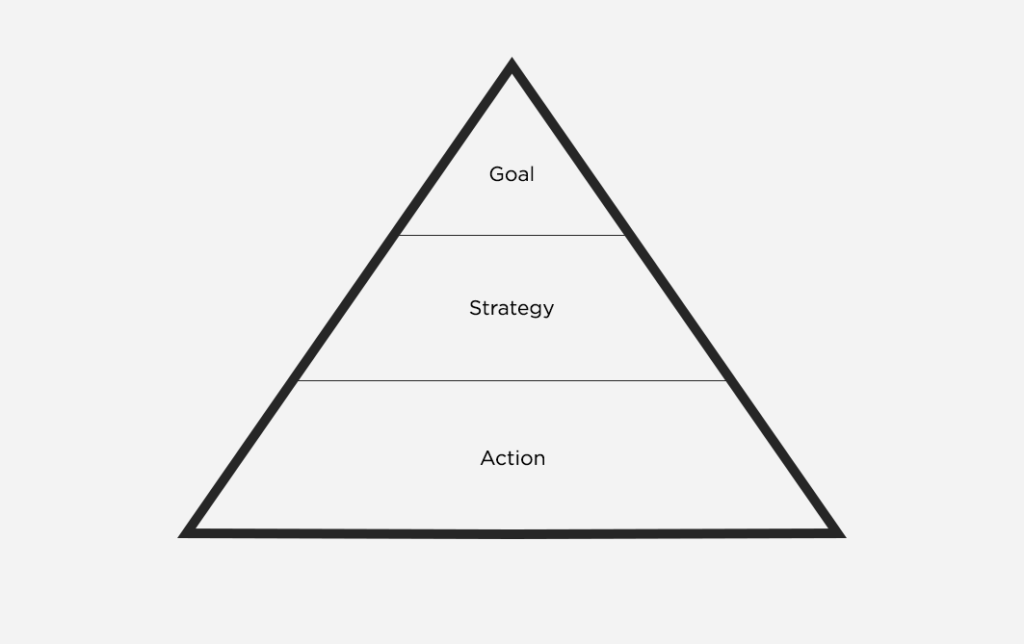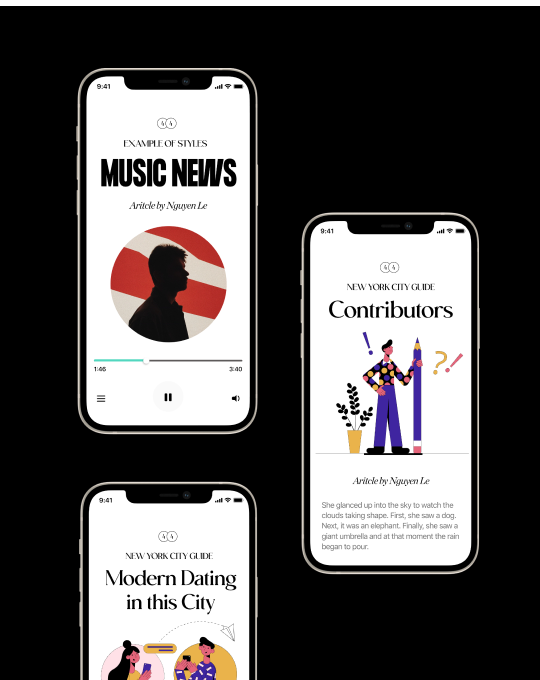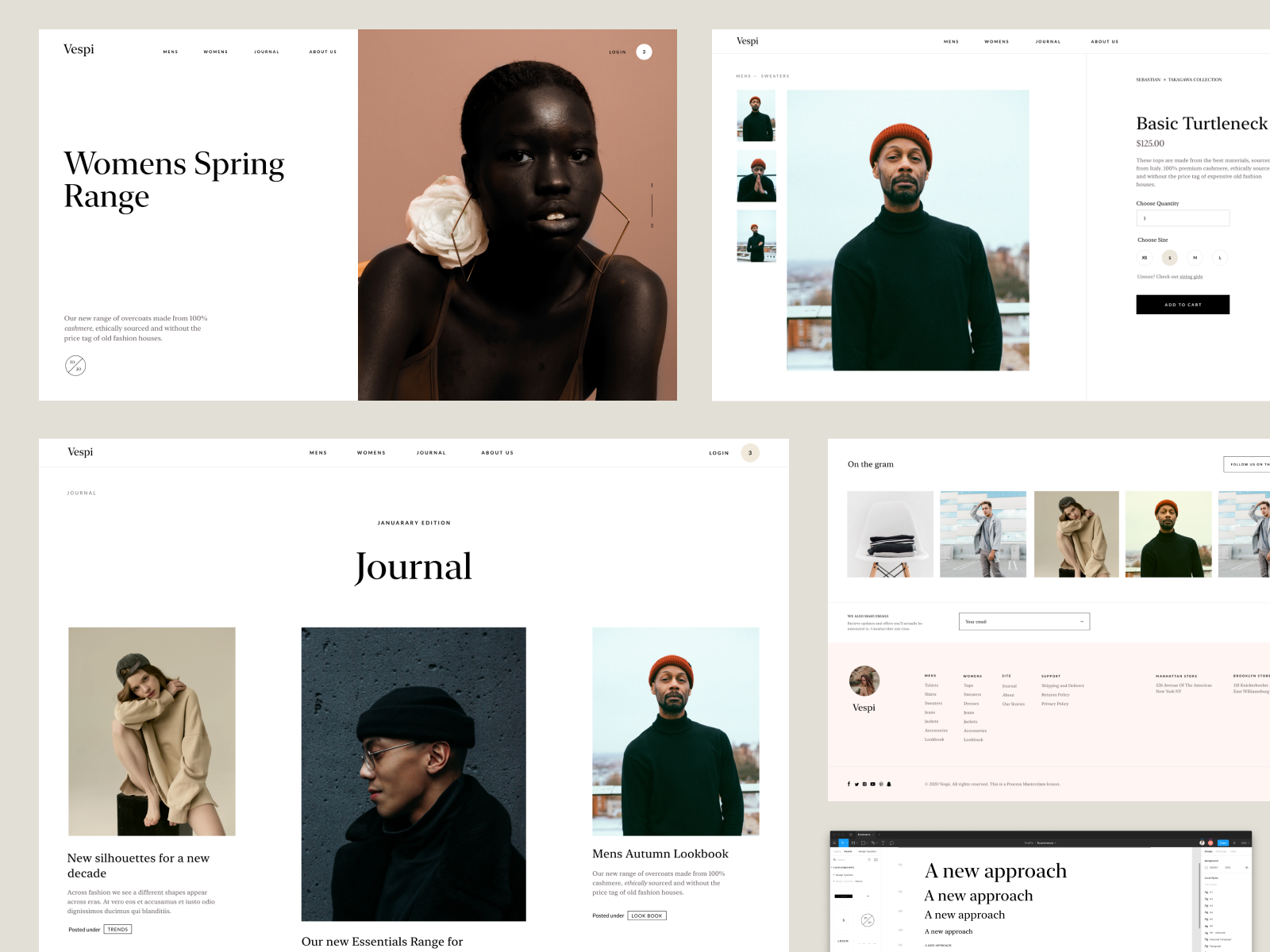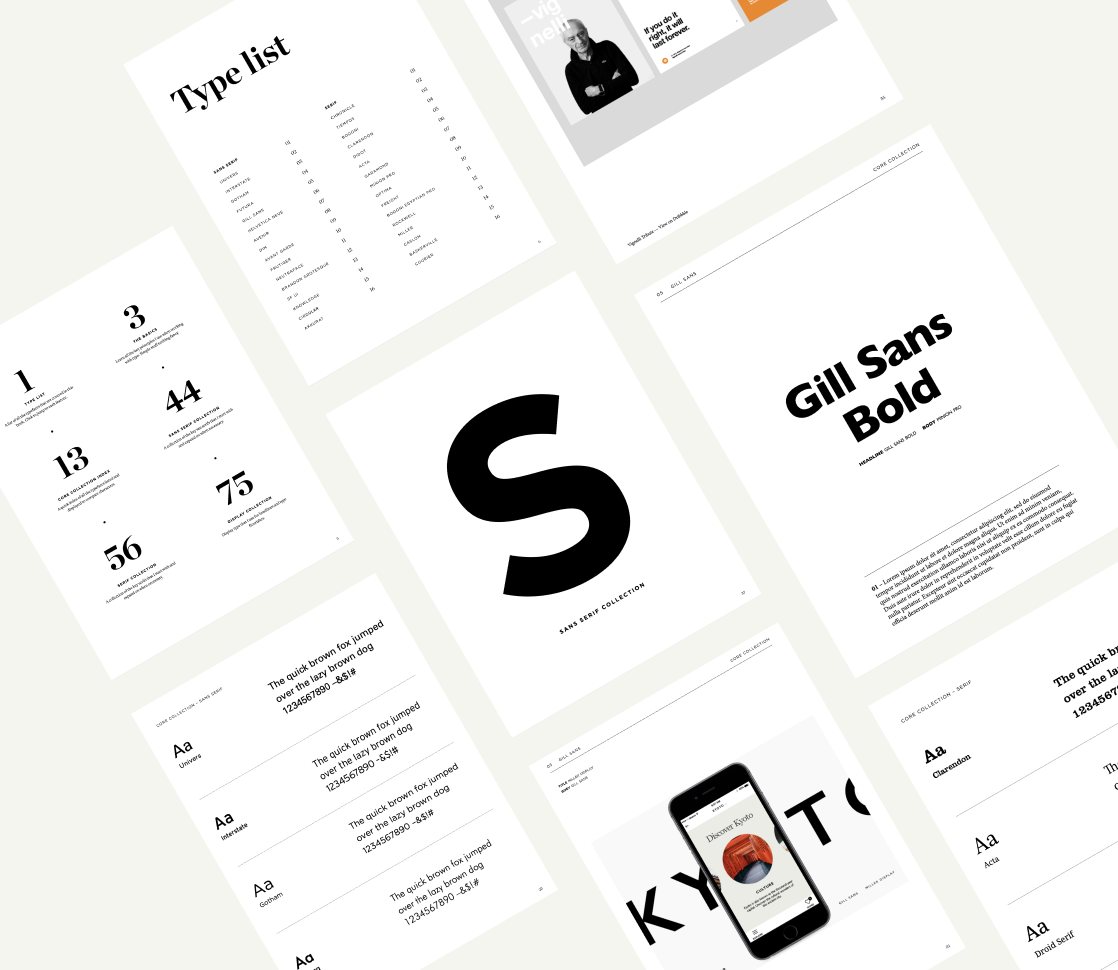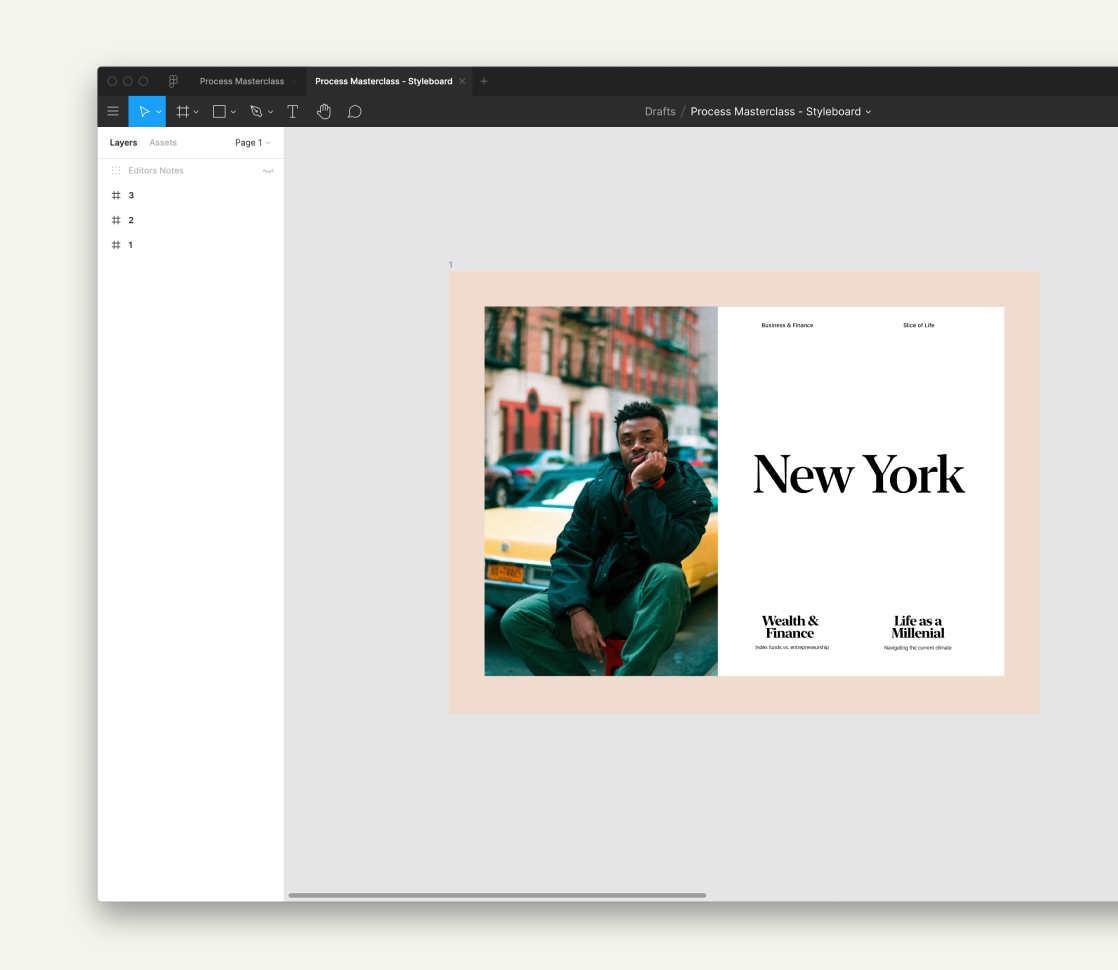

Mentors I’ve had throughout my career have been instrumental to my growth as a designer. They helped guide the way and gave me that little push that I needed to realise more of my potential. The moments where I was lost and didn’t know if I was good enough to be a designer, or how to improve my work, or whether or not I could quit my job and run my own business. I looked at my mentors who paved the way for so many of these big decisions and actions that I took. Both through their own actions and their advice.
And so I ask you do you sometimes feel unsure about where your career is headed? Or wonder what’s next? Or you feel a lot of pressure because where you are now and where you want to be is not in alignment.
I did sure did, when I first started I wondered if I was good enough often. I’d lay awake and wondered maybe I wasn’t cut out for this. But then the passion continued to burn bright, I put my head down, listened as much as I could, pushed my comfort zone and continued to do the work. And a lot has changed over the last decade.
You may be having these feelings and that’s ok. And it’s where mentors can come into play. They can help inspire you, make you think bigger and give you the fire needed to take the actionable steps needed to progress.
And so I want to share with you a simple guide with how I approach mentorship and my influences.
1. Learn from people many steps ahead as inspiration
These are the people that have done incredible things. People who can expand your thinking and mindset about what’s possible. The people whose stories and lessons you can take as inspiration and insight.
For me personally, there have been so many over the years so I can’t name them all, but these are the people that I’m currently looking to and learning from. Phil Knight – co-founder of Nike. Brian Chesky co-founder of Airbnb, Ben Horrowitz - VC from Andreessen and Horrowitz. So you see mentors don’t necessarily have to be people in your office or neighborhood, or someone you can have a coffee with. They can be found in books, online or in videos. These inspirational mentors are for growing your mindset about what’s possible. The inspiration to allow yourself to dream bigger.
It all starts with your mindset and what you think is possible. I know it sounds hocus pocus, but it works. As your context expands, your potential expands with it.
2. Learn from people a few steps ahead for actionable advice that you can apply immediately
The first type of mentors are great but they serve more has the high level values and not necessarily the actionable stuff that you can implement. Your position, ability and mindset can’t make the many steps required to operate at the level that the first mentors operate at.
If you are learning how to hit $100,000 next year, whilst trying to do your best work with clients, perhaps learning how to run a billion dollar business isn’t the best way to learn actionable advice. So this is where people who are just a few steps ahead come into play. Whatever pain points you are facing there are other people out there who’ve solved them. Whatever your goals are there are people out there who have done just that.
I’ll give you a very real current example. I just committed to investing $2.5k to join a mastermind group. This group is a bunch of entrepreneurs who all run businesses much larger than mine. Founders running multi-million dollar businesses. All people I can learn from who are a few steps ahead. It’s run by Mitchell Harper the former CEO of BigCommerce – who scaled his business to $200 million in revenue. A very knowledgeable but also very down to earth and nice guy.
He knows a thing or two about running business and what it takes to scale a business from 6 figures to 7 figures. (Where I am at the moment) Plus he’s a fellow Aussie which helps 🙂 But this information would have been useless to me, when I was starting out.
So the right information has to come at the right time for it to be useful. That’s why you need to find people who are just a few steps ahead and not light years ahead. Because that mental shift may be one that is too big to take.
From being a junior designer, just getting my feet wet, trying to get better at design and earning just over $100 a day. To today where I am aiming to scale my business to $1million by next year. It’s something I haven’t done before, it’s scary and bloody challenging. I’m prepared to be the little guy, and learn from these people who are a few steps ahead. They know what challenges I will face and what actions I need to take and how I can be accountable.
I for example through this newsletter may be a mentor to you, I may be a few steps ahead or I can be more of the inspirational type, depending on where in your career you are. I share and will continue to share my journey with you in the hopes that you can learn and also grow from my experiences.
3. You scale your influences and mentors as you progress
Your list of influences and mentors will continue to change as your mindset, expertise and capabilities grow. The people I learn from changes as my knowledge, circumstance and experience changes. When I first launched my course amazing people such as Paul Jarvis, Gary Vaynerchuk, Sean McCabe and Nathan Barry – were people I learnt from and very instrumental to my growth and actions.
When I was learning how to be a better designer, I looked to Dieter Rams, Massimo Vignelli and people such as Anton Repponen and agencies such as Fi. Now I have much different influences and mentors. Your influences should change, because that is a sign of growth and progress.
So scale your influences and mentors with your own growth.
So to recap:
- Learn from people many steps ahead as inspiration.
- Learn from people a few steps ahead for actionable advice that you can apply immediately.
- Scale your influences and mentors as you progress.
Go find and learn from mentors who align with your values and have achieved what you want to do. They are out there, you just need to put in the effort to look. Stand on the shoulders of these giants, so that you can see further. Use their wisdom and experience to carve out your own path and journey.




